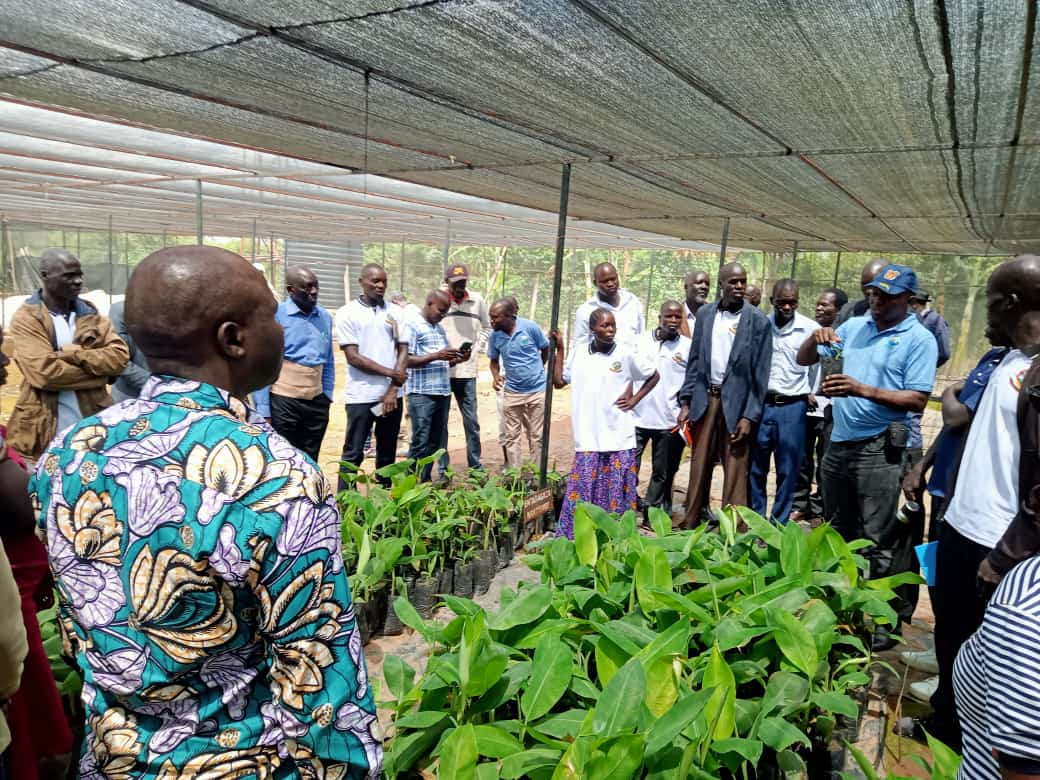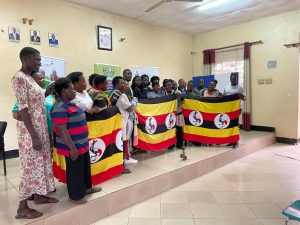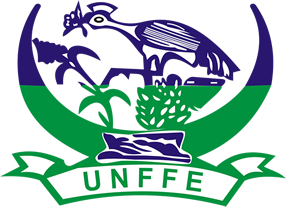Mbarara District Farmers Association (MBADIFA) an affiliate member of Uganda National Farmers Federation (UNFFE) is taking a leading role in training farmers in commercial banana production for food security, income security and nutritional security.
On Saturday 2nd March 2024, the National Agriculture Research Organization (NARO) under the National Banana Research Program mobilized a group of 50 farmers from selected districts in Lango region for a study tour of farmers in MBADIFA.
This particular study tour was built on the need to empower farmers in seed multiplication and development of viable seed businesses that can sustainably supply clean banana seed to the banana farming community where production of bananas is very low compared to Central and Western regions. Besides developing new disease-resistant, drought tolerant and bio-fortified varieties of bananas, study tours are among the key strategies NARO is putting in to boost banana production, particularly in Northern Uganda.
It should be noted that Uganda is the second largest producer (after India) and the biggest consumer of bananas in the world. The average Ugandan eats one kilogram of bananas a day, any farming household in the central and western region without a banana plant in its backyard will be categorized as a household without food.
The country boasts 84 varieties of bananas categorized into five types: cooking, brewing, roasting, sweet dessert, and multi-use types. The cooking type, locally known as matooke, contributes to approximately 90% of all bananas produced in the country, and 97% of households in banana production have at least one cooking banana variety.
A recent study shows that banana productivity in Uganda has been declining and factors associated with declining productivity include deteriorating soil fertility, inadequate soil moisture, pests such as banana weevil and nematodes, and diseases such as Banana Xanthomonas Wilt (BXW) and Black Sigatoka. On top of those factors, land use changes from rapid urbanization, labour shortages, and poor agronomic practices are all associated with reduced banana productivity in the country.
Due to increased demand for food in Uganda and beyond, banana has the potential to diversify the agri-food value chain however, the above challenges and the demand for quality seeds have called on result-based solutions such as the NARO-MBADIFA farmer-led community seed supply system initiative where a few farmers were selected to host and multiply improved banana hybrids like NAROBAN4, NAROBAN5, and FHIA17.
During the tour, farmers were exposed to cutting-edge technologies environmentally friendly production methods and seed multiplication techniques to supply clean seed using the macro-propagation techniques.
“We hope our farmers will be able to practice these techniques in their farms and help other farmers to boost banana productivity and profitability, while also preserving social and environmental sustainability,” added Alex Atuheire – Coordinator MBADIFA
Article by Tukundane Nelson (UNFFE – Communications Officer)






